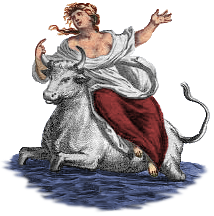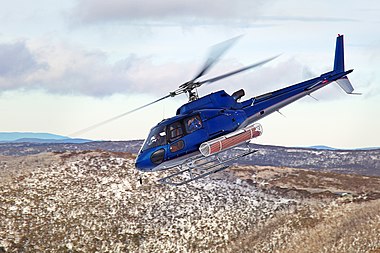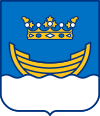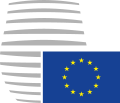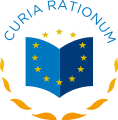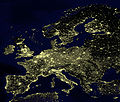Portal:European Union
Introduction
The European Union (EU) is a supranational political and economic union of 27 member states that are located primarily in Europe. The Union has a total area of 4,233,255 km2 (1,634,469 sq mi) and an estimated total population of over 449 million. The EU has often been described as a sui generis political entity combining the characteristics of both a federation and a confederation. Containing 5.8% of the world population in 2020, EU member states generated a nominal gross domestic product (GDP) of around US$16.6 trillion in 2022, constituting approximately one sixth of global nominal GDP. Additionally, all EU states except Bulgaria have a very high Human Development Index according to the United Nations Development Programme. Its cornerstone, the Customs Union, paved the way to establishing an internal single market based on standardised legal framework and legislation that applies in all member states in those matters, and only those matters, where the states have agreed to act as one. EU policies aim to ensure the free movement of people, goods, services and capital within the internal market; enact legislation in justice and home affairs; and maintain common policies on trade, agriculture, fisheries and regional development. Passport controls have been abolished for travel within the Schengen Area. The eurozone is a group composed of the 20 EU member states that have fully implemented the economic and monetary union and use the euro currency. Through the Common Foreign and Security Policy, the union has developed a role in external relations and defence. It maintains permanent diplomatic missions throughout the world and represents itself at the United Nations, the World Trade Organization, the G7 and the G20. Due to its global influence, the European Union has been described by some scholars as an emerging superpower. In 2012, the EU was awarded the Nobel Peace Prize. The United Kingdom became the only member state to leave the EU, in 2020; ten countries are aspiring or negotiating to join it. (Full article...) Selected article The European Parliament (Europarl or EP) is the directly elected parliamentary body of the European Union. Together with the Council of the European Union (the Council), it forms the bicameral legislative branch of the Union's institutions and has been described by some one of the most powerful legislatures in the world. The Parliament, together with the Council, form the highest legislative body within the Union. This is only within the competencies of the European Community being limited to specific policy areas, however Union law does override national law. The Parliament is composed of 785 MEPs (Member of the European Parliament) who serve the second largest democratic electorate in the world (after India) and the largest trans-national democratic electorate in the world (492 million). Selected picturePhoto: Benjamint444 The Eurocopter AS350 (AStar in North America) is a single-engined light helicopter originally manufactured by Aérospatiale (now part of Eurocopter Group). It is a popular model, being used worldwide in many civilian, law enforcement, and military organisations. One variant became the first helicopter ever to land on Mount Everest.
Did you know?...that France possesses the largest exclusive economic zone (EEZ) in the world? ...that Monaco, San Marino, and Vatican City all mint their own euro coins, with their own national symbols on the back? ...that Turkey's two most famous weightlifters, Naim Suleymanoglu and Halil Mutlu are only two of four weightlifters in the world to have won 3 gold medals in 3 olympics? Selected cityHelsinki is the capital and largest city of Finland. It is located in the southern part of Finland on the shore of the Gulf of Finland, by the Baltic Sea. The population of the city of Helsinki is 564,643 (31.10.2006). The Helsinki urban region contains the neighboring cities of Espoo, Vantaa and Kauniainen, which are together called the Capital Region. This area has a total population of approximately 997,291 citizens. The Greater Helsinki area contains several more neighboring cities and has a population of approximately 1,293,093, which means that one out of every four Finns lives in the Greater Helsinki area. Helsinki is Finland's international gateway. The city is the country's nerve center for business, finance, fashion, medicine, entertainment, media, culture and intellectual discourse. There is a large and varied collection of museums, galleries and performance spaces. The city has Finland's largest foreign population in terms of real numbers and percentage of population. There are over 130 nationalities resident in Helsinki. General imagesThe following are images from various European Union-related articles on Wikipedia.
TopicsFeatured contentFeatured articles
Featured lists
Featured contentGood articles
CategoriesRelated portalsAssociated WikimediaThe following Wikimedia Foundation sister projects provide more on this subject:
Discover Wikipedia using portals |



